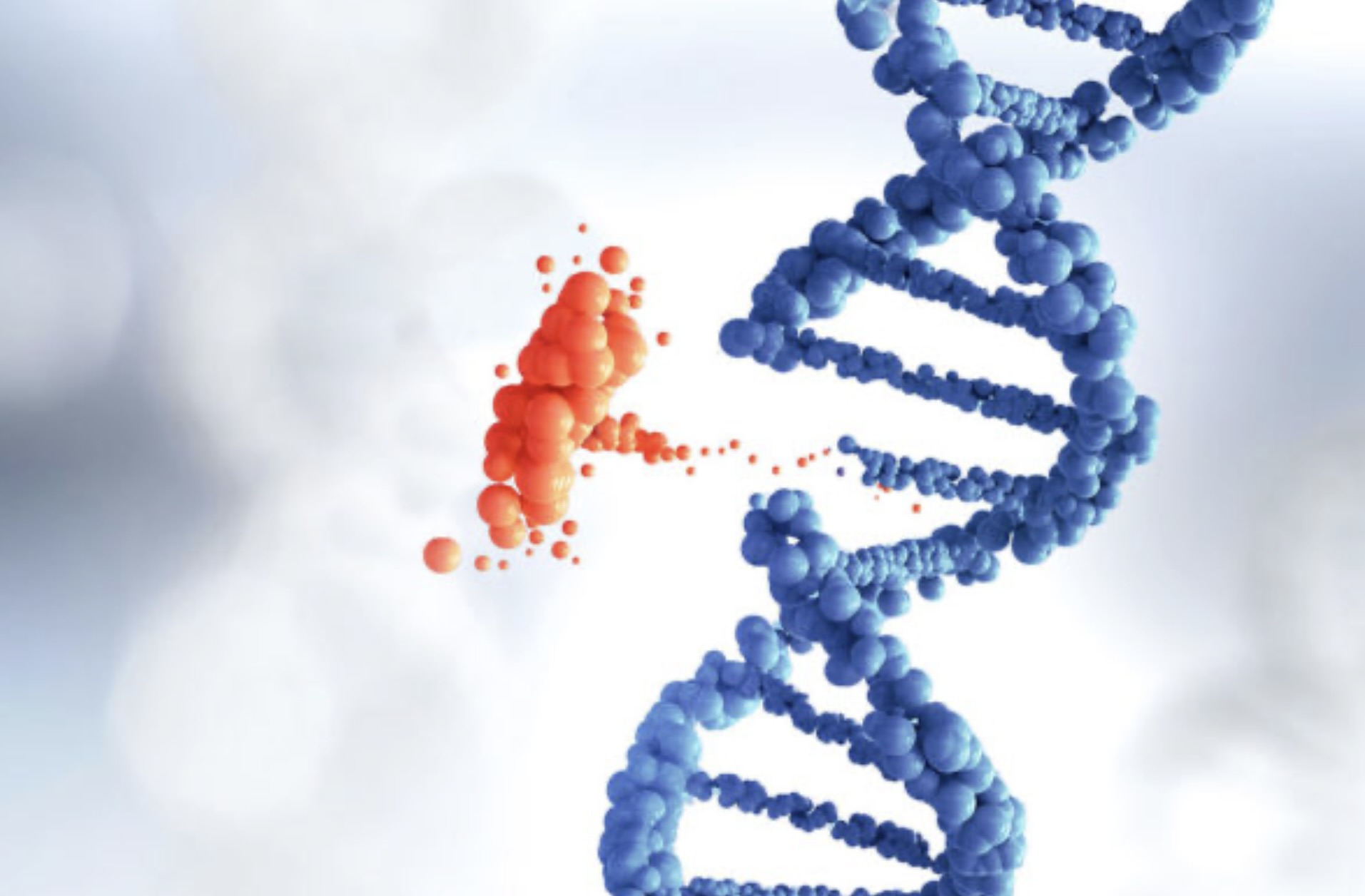Ekman-Lobstein Disease: Symptoms, Causes & Treatment
What are the symptoms of Ekman-Lobstein disease?
Ekman-Lobstein syndrome, also known as infantile systemic hyalinosis, is a rare genetic disorder characterized by the abnormal accumulation of hyaline material in various tissues and organs throughout the body. This leads to a range of symptoms that typically present in infancy or early childhood. Symptoms of Ekman-Lobstein syndrome may include:
- Skin Changes: Thickened, hardened, or rough skin that may be red or brown in color. The skin may also develop nodules or plaques.
- Joint Contractures: Stiffness and limited range of motion in the joints, which can affect mobility.
- Growth Retardation: Poor growth and failure to thrive, resulting in a smaller than average stature.
- Gastrointestinal Symptoms: Difficulty swallowing (dysphagia), abdominal pain, and diarrhea.
- Respiratory Problems: Respiratory distress or difficulty breathing due to involvement of the lungs.
- Recurrent Infections: Increased susceptibility to infections, particularly skin infections.
- Visceral Involvement: Involvement of internal organs such as the heart, liver, and kidneys, which can lead to organ dysfunction.
- Developmental Delay: Delayed development of motor skills and milestones.
- Pain: Chronic pain, especially in the joints and muscles.
- Other Features: Other features that may be present include dental abnormalities, such as delayed eruption of teeth or enamel defects, and eye abnormalities.
The severity and progression of symptoms can vary widely among individuals with Ekman-Lobstein syndrome. The condition is progressive, meaning that symptoms tend to worsen over time. Treatment is focused on managing symptoms and providing supportive care to improve quality of life. There is currently no cure for Ekman-Lobstein syndrome, and management is typically supportive and aimed at addressing specific symptoms as they arise.
What are the causes of Ekman-Lobstein disease?
Ekman-Lobstein syndrome, also known as infantile systemic hyalinosis, is caused by mutations in the ANTXR2 gene. This gene provides instructions for making a protein that is involved in the formation and maintenance of tissues throughout the body. Mutations in the ANTXR2 gene lead to the production of a defective protein, which disrupts the normal function of tissues and organs.
The accumulation of hyaline material in various tissues and organs is characteristic of Ekman-Lobstein syndrome. Hyaline is a substance that is normally present in the body’s connective tissues and helps provide structure and support. In individuals with Ekman-Lobstein syndrome, the abnormal accumulation of hyaline leads to the thickening and hardening of tissues, which can cause a range of symptoms affecting the skin, joints, internal organs, and other tissues.
Ekman-Lobstein syndrome is inherited in an autosomal recessive pattern, which means that affected individuals inherit two copies of the mutated gene, one from each parent. Individuals who inherit only one copy of the mutated gene are carriers of the condition and typically do not show symptoms.
Because Ekman-Lobstein syndrome is a genetic disorder, there is currently no cure. Treatment is focused on managing symptoms and providing supportive care to improve quality of life. Genetic counseling may be recommended for families affected by Ekman-Lobstein syndrome to understand the risks of passing the condition to future generations.
What is the treatment for Ekman-Lobstein disease?
Ekman-Lobstein syndrome, also known as infantile systemic hyalinosis, is a rare genetic disorder for which there is currently no cure. Treatment is focused on managing symptoms and providing supportive care to improve quality of life. Because the condition affects multiple organ systems and can be progressive, management typically involves a multidisciplinary approach with input from various healthcare providers. Treatment strategies may include:
- Skin Care: Gentle skin care practices, such as using mild soaps and moisturizing creams, can help manage skin symptoms such as thickening and hardening.
- Physical Therapy: Physical therapy may be beneficial to help maintain joint mobility and prevent contractures (abnormal shortening of muscles or tendons).
- Pain Management: Pain medications may be prescribed to help manage chronic pain associated with Ekman-Lobstein syndrome.
- Nutritional Support: Nutritional counseling and supplements may be recommended to address growth retardation and ensure adequate nutrition.
- Respiratory Support: In cases where respiratory symptoms are present, respiratory support such as supplemental oxygen or respiratory therapies may be necessary.
- Management of Complications: Treatment may be needed to manage complications such as infections or organ dysfunction.
- Psychosocial Support: Counseling and support services may be beneficial for individuals and families affected by Ekman-Lobstein syndrome to help cope with the emotional and psychological impact of the condition.
Because Ekman-Lobstein syndrome is a progressive disorder, regular monitoring and ongoing adjustments to the treatment plan may be necessary to address changing symptoms and needs. It’s important for individuals with Ekman-Lobstein syndrome to receive care from a healthcare team familiar with the condition to ensure comprehensive management.




